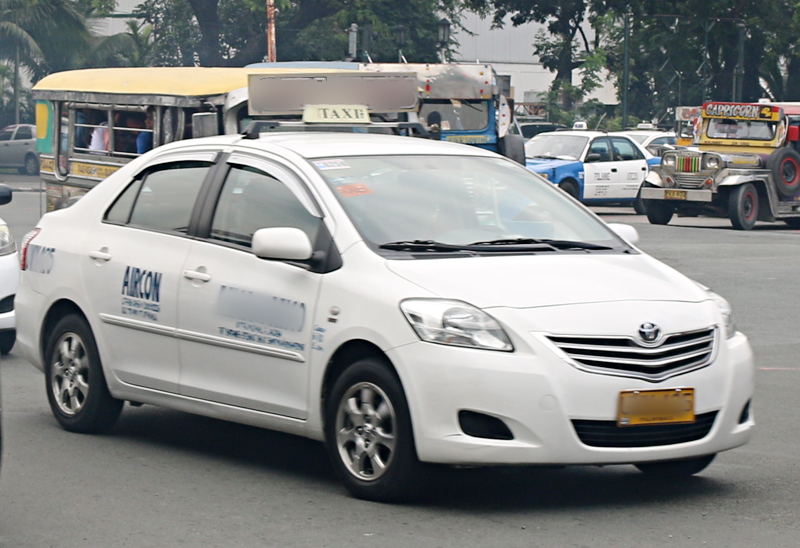As much as I dislike rideshare services such as Uber and Lyft, a recent experience left me wondering about the reasons as to why do taxi cabs still exist as an option for transportation.
Why Do Taxi Cabs Still Exist?
Although public transportation is far from perfect, it is usually the least expensive way to get to or from an airport — which is one reason why I try to use it whenever possible.
Case in point is based on a recent experience: the train between Brisbane Airport and the central business district of the city cost a total of $33.00 for two people. Although we used this service when we first arrived in Brisbane, we could not take public transportation from the hotel property at which we stayed back to the airport because:
- The tracks were closed for construction work on that day
- Bus service which replaced the train service on that day did not start early enough for us to consider it as a viable option to get to the airport on time for an early morning flight
- A major event was happening that day which potentially could further disrupt service
Using a rideshare service was an option; but we did not know whether the airport surcharge of $4.00 was included in the fare. We asked the person behind the front desk for a recommendation of which mode of transportation we should use: a rideshare service or a taxi cab. When she recommended the taxi cab, she let us know that the taxi cab service should cost between $40.00 and $60.00, which was in line with the estimate for the rideshare service.
I had not been a passenger in a taxi cab in years; so I decided against my better judgement to go with her recommendation to take a taxi cab to the airport.
When the taxi cab driver dropped us off at the airport, the fare was $70.77. The driver told me that I was incorrectly informed as to the estimate of the ride. I would have been significantly better off financially to have taken a rideshare service.
Final Boarding Call
At least with a rideshare service, you know up front what you are paying prior to using the service — except for the gratuity, of course.
With taxi cabs, the fare is variable. Both time and distance can add to the fare during the ride — so if a roundabout route is taken or the taxi cab winds up stuck in a traffic jam, the meter keeps ticking away. Add on fees and surcharges — such as tolls and taxes — and you can wind up with a similar final total with which I had to pay…
…and that is if you are not a victim of a scam that is associated with taxi cabs exist around the world — such as in Las Vegas and Manila and Beijing as three of many examples — and they can be potentially detrimental to tourism and the taxi cab industry itself. Perhaps that is one reason why ride sharing services have gained momentum and popularity around the world over the years — although they are far from perfect or safe themselves, which is one reason why airports had wanted to require fingerprinting the drivers of those ride sharing services if they are to be permitted to pick up fares at the airport.
One trick which has worked for me in the past is to say that all you have left is a certain amount of money. Either the person will accept your offer and provide the product or service; or turn it down, as that is what happened to me in Oman when I felt like I was being scammed to see its version of the Grand Canyon — or in Mozambique when I attempted to exchange currency — but as more taxi cab companies accept credit cards or other forms of electronic payment, this tactic has been increasingly difficult to execute successfully.
Otherwise, I recommend that you consider alternate forms of ground transportation whenever possible while traveling, as taxi cabs are not usually the fastest — or amongst the least expensive — forms of ground transportation available.
That returns us to this question: other than to serve areas where rideshare services and public transportation is not available — and walking to the airport is not an option — can someone please tell me the reasons why taxi cabs still exist as a viable option for transportation?
Photograph ©2014 by Brian Cohen.

